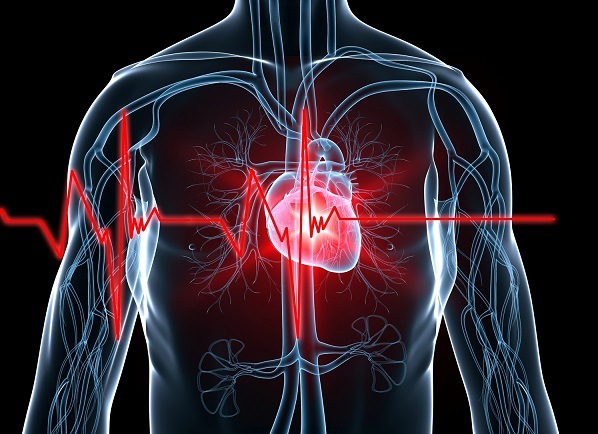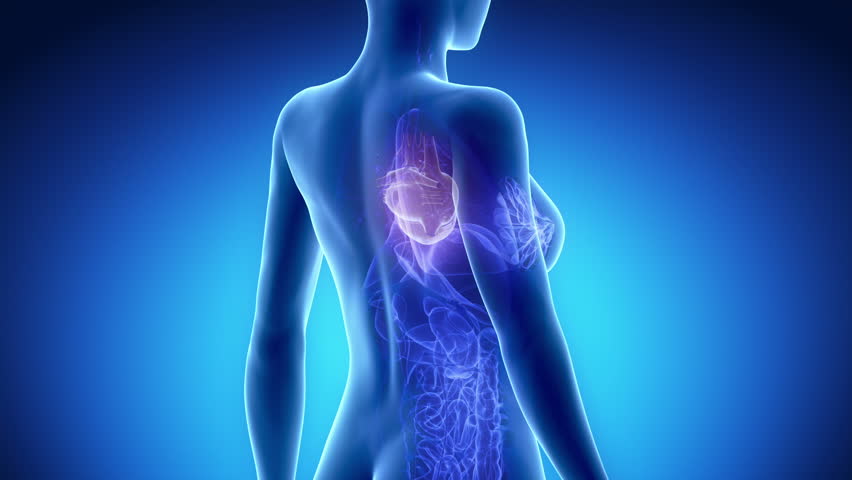The expression “cardiovascular breakdown” makes it sound like the heart is done working at all and there is no hope. As a matter of fact, cardiovascular breakdown implies that the heart isn’t siphoning just as it ought to be. The congestive cardiovascular breakdown is a sort of cardiovascular breakdown that requires looking for opportune clinical consideration, albeit some of the time the two terms are utilized reciprocally.

Your body relies upon the heart’s siphoning activity to convey oxygen-and supplement rich blood to the body’s cells. At the point when the cells are sustained appropriately, the body can work ordinarily. With cardiovascular breakdown, the debilitated heart can’t flexibly the cells with enough blood. These outcomes in weariness and windedness and a few people have hacked. Ordinary exercises, for example, strolling, climbing steps, or conveying goods can turn out to be extremely troublesome.
The cardiovascular breakdown is a genuine condition, and for the most part, there’s no fix. Be that as it may, numerous individuals with cardiovascular breakdown lead a full, agreeable life when the condition is dealt with cardiovascular breakdown drugs and sound way of life changes. It’s additionally useful to have the help of loved ones who comprehend your condition.
Causes of Heart Failure or Cardiovascular Breakdown
Cardiovascular breakdown regularly creates after different conditions have harmed or debilitated your heart. Be that as it may, the heart shouldn’t be debilitated to cause a cardiovascular breakdown. It can likewise happen if the heart turns out to be excessively solid.
In cardiovascular breakdown, the principle siphoning offices of your heart (the ventricles) may turn out to be firm and not fill appropriately between thumps. Now and again of cardiovascular breakdown, your heart muscle may get harmed and debilitated, and the ventricles stretch (widen) to the point that the heart can’t siphon blood proficiently all through your body.
After some time, the heart can no longer stay aware of the typical requests set on it to siphon blood to the remainder of your body.

A launch portion is a significant estimation of how well your heart is siphoning and is utilized to help characterize cardiovascular breakdown and guide treatment. In a solid heart, the launch portion is 50 percent or higher — implying that the greater part of the blood that rounds the ventricle is siphoned out with each beat.
Be that as it may, a cardiovascular breakdown can happen even with an ordinary discharge part. This occurs if the heart muscle turns out to be firm from conditions, for example, hypertension.
A cardiovascular breakdown can include the left side (left ventricle), right side (right ventricle) or the two sides of your heart. By and large, cardiovascular breakdown starts with the left side, explicitly the left ventricle — your heart’s primary siphoning chamber.
Prevention
A person’s risk of developing heart failure is inversely related to their level of physical activity. Those who achieved at least 500 MET-minutes/weeks (the recommended minimum by U.S. guidelines) had lower heart failure risk than individuals who did not report exercising during their free time; the reduction in heart failure risk was even greater in those who engaged in higher levels of physical activity than the recommended minimum.

Heart failure can also be prevented by lowering high blood pressure and high blood cholesterol, and by controlling diabetes. Maintaining a healthy weight as well as decreasing sodium, alcohol, and sugar intake may help. Additionally, avoiding tobacco use has been shown to lower the risk of heart failure.
Diagnosis of Heart Failure or Cardiovascular Breakdown
Other HF-explicit research center tests (particularly in patients with a high chance of cardiovascular breakdown) incorporate cerebrum natriuretic peptide (BNP) with 70% affectability and 99% explicitness and N-terminal proBNP (NT-proBNP) with 99% affectability and 85% explicitness, the estimation which has been suggested both in outpatient and in the medical clinic settings. BNP is a neuro-hormone, which is an actuated type of proBNP, the 108-amino corrosive polypeptide forerunner, put away as secretory granules in the two ventricles and, less significantly, in the atria.
Because of volume extension and weight over-burden, proBNP is discharged into ventricles and separates into its two severed structures, the 76-peptide, organically latent N-terminal piece, NT-proBNP, and the 32-peptide, naturally dynamic hormone BNP. NT-proBNP and BNP have clinical noteworthiness both as symptomatic and prognostic markers in the administration of HF. During the conclusion of HF, in patients giving intense dyspnea, BNP levels of under 100 pg/mL have a 90% negative prescient worth (NPV), and estimations of more than 500 pg/mL have an 81% positive prescient worth (PPV). The BNP level is a solid indicator of the danger of death and cardiovascular occasions in patients recently determined to have a cardiovascular breakdown or heart brokenness.

It is to be recollected that raised BNP levels have additionally been related to renal disappointment, pneumonic embolism, aspiratory hypertension, and ceaseless hypoxia while large and overweight people have generally lower BNP levels. Besides, there has been no clinically critical contrast among BNP and NT-proBNP as far as the indicative and prognostic qualities, aside from the more drawn out half-life season of NT-proBNP (72 h) rather than 4 h for BNP and that NT-favorable to BNP levels are less influenced by stoutness. An ongoing survey by Simons et al. talked about the measures and cut off qualities for the finding, forecast, and treatment direction.
Appropriately, a single estimation of natriuretic peptides (BNP ≤ 100 pg/mL or NTproBNP ≤ 300 pg/mL) precludes HF clinically, while BNP ≥ 500 pg/mL or NTproBNP ≥ 1800 pg/mL has been proposed to have a generally lower level of proof in clinical settings. By the by, both BNP and NT-proBNP levels help in choices in regards to affirmation/release and hazard separation for HF patients. Patients with a BNP level of under 200 pg/mL at confirmation have been related with a 2% death rate instead of a 9% death rate found in patients with affirmation BNP level of more than 200 pg/mL. NT-proBNP level equivalent to or higher than 5000 pg/mL at confirmation has been demonstrated to be related to in-medical clinic death pace of 22.5% and longer length of remain in staying enduring patients.


